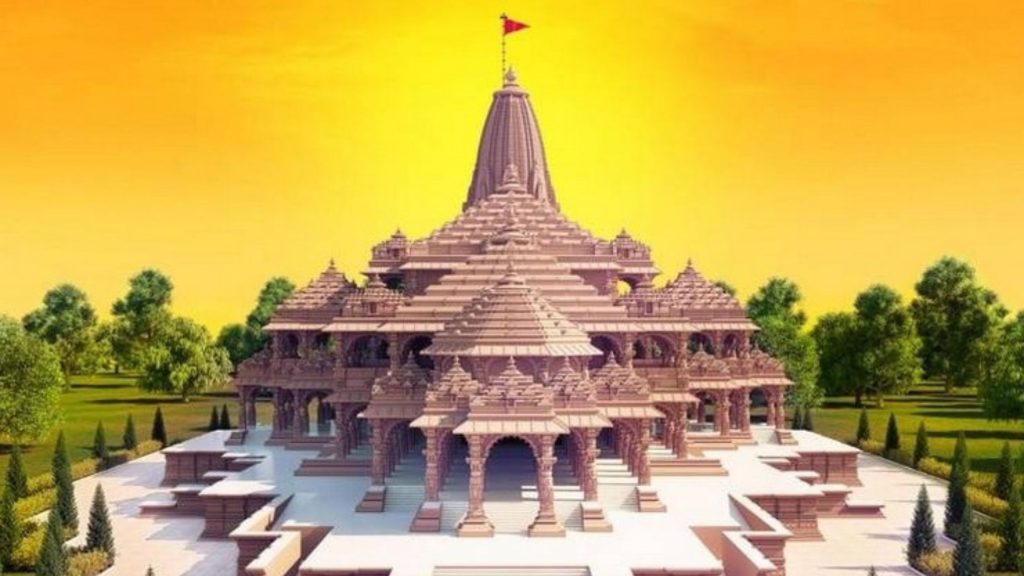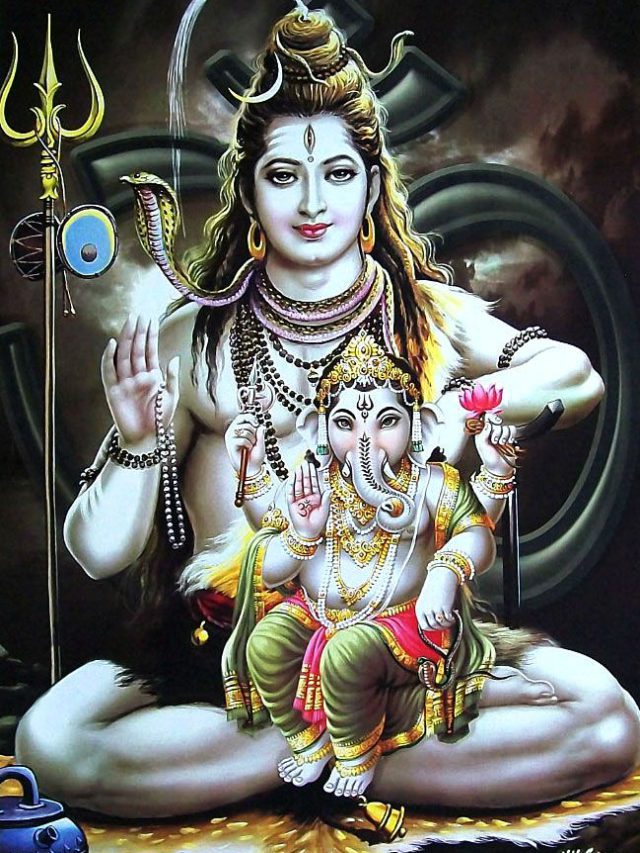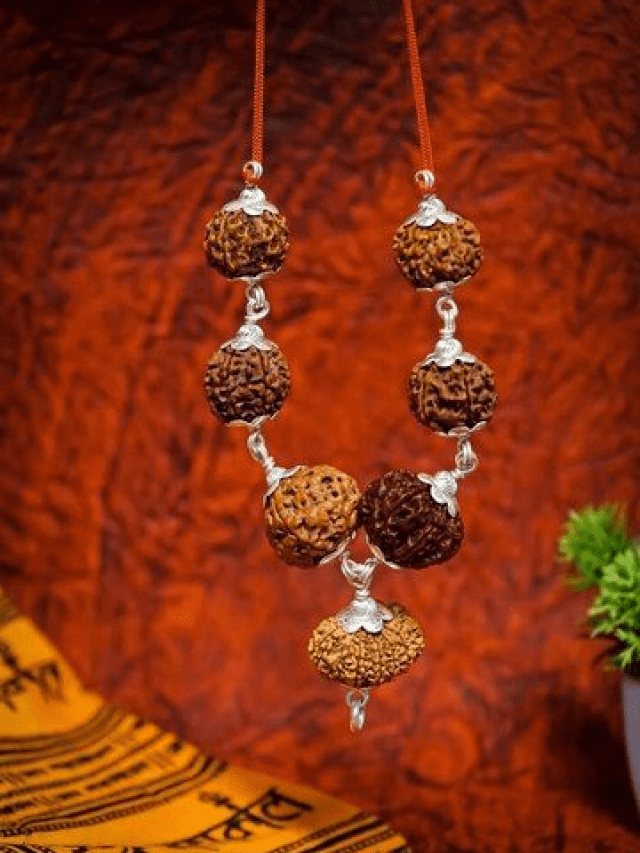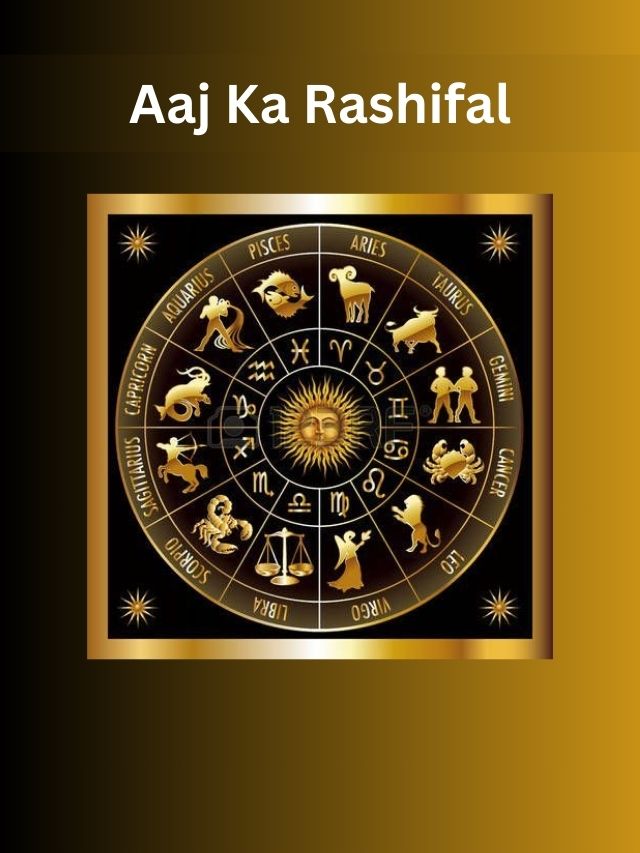Ram Janambhumi Temple: Pran Pratishtha Date, Significance, and Shri Ram Janm Katha
Beyond its historical and spiritual importance, Ram Mandir is all prepared to receive Prime Minister Narendra Modi for the Vedic practice of Pran Pratishtha on 22nd Jan 2024. Read on to know the significance, time, and story of Lord Rama's birth.

The Ram Janambhumi Temple stands as an emblem of cultural and religious significance in Ayodhya, India. This sacred site, believed to be the birthplace of Lord Rama, attracts millions of devotees and pilgrims every year. Beyond its historical and spiritual importance, the temple’s essence is deeply rooted in the ancient Vedic practice of Pran Pratishtha, a ritual that infuses life into the deities.
Ram Mandir Pran Pratishtha: While the still under-construction marvel is the talk of the town, the ‘Pran Pratishtha’ of Ram Mandir, scheduled for January 22, 2024 is set to be a new year gift for everyone.
When is the Ram Mandir Inauguration?
After waiting for a long time, everyone is ever since curious about the Ayodhya Ram Mandir opening date. Sri Ram Janmabhoomi Tirath Kshetra Trust has finally announced plans to install the idol of Ram Lalla in the inner sanctum of the Ram Temple in the afternoon.
Ram Mandir Pran Pratishta Time: The time for the ritual has been decided between noon and 12:45 p.m. on January 22 of the upcoming year. Invitations have been extended to 4,000 saints from various sects to participate in the ceremony.
Shri Ramlala Pran Pratishtha Vishesh Kambal Daan
For progress in life, pacifiction of Saturn and Rahu-Ketu, and ensuring the success for future generations.
Do note that Prime Minister Narendra Modi is scheduled to attend the inauguration of the Ram Mandir in Ayodhya. The Vedic rituals for the Pran-Pratishtha (consecration) ceremony of Ram Lalla, the infant Lord Ram, will commence on January 16, one week before the main event.
Lakshmi Kant Dixit, a Vedic priest hailing from Varanasi, is set to conduct the primary rituals for the consecration ceremony of Ram Lalla on January 22. The period from January 14 to January 22 will be celebrated as the Amrit Mahautsav in Ayodhya. Additionally, a Hundi Mahayagya with 1008 offerings will be organised, providing meals to thousands of devotees during this time. As per the Sri Ram Janmabhoomi Trust, provisions will be made for a crowd of 10,000 to 15,000 individuals.
Curious about Your Life Predictions in 2024?
Join us as VAMA explores the spiritual significance of Pran Pratishtha and the story of Lord Rama’s birth (Ram Janm Katha).
Historical Significance:
The Ram Janambhumi Temple, situated in the heart of Ayodhya, has been a subject of historical and religious debates for centuries. The temple is believed to have been built on the spot where Lord Rama, the seventh avatar of Lord Vishnu, was born. The epic Ramayana narrates the divine tale of Rama’s life and his unwavering commitment to righteousness. The temple’s construction has been a testament to the cultural heritage and religious beliefs of millions of Hindus worldwide.

Architectural Marvel and Pran Pratishta:
The architecture of the Ram Janambhumi Temple is a blend of ancient design and modern engineering. The temple is designed to reflect the grandeur of the ancient kingdom of Ayodhya. Its construction incorporates intricate carvings, exquisite sculptures, and symbolic motifs that narrate the story of Lord Rama. However, what truly makes this temple spiritually profound is the ancient ritual of Pran Pratishta.
Pran Pratishta, or the consecration of deities, is a ritual where the divine energy is invoked and established into the temple’s idols. In the context of the Ram Janambhumi Temple, this ritual signifies the infusion of life into the idols of Lord Rama, Sita, Lakshmana, and Hanuman. The consecration ceremony involves intricate Vedic chants, rituals, and the presence of revered priests, making it a spiritually charged event.
Spiritual Significance of Pran Pratishta:
Pran Pratishta is not merely a ceremonial practice; it holds immense spiritual significance. It is believed that through this ritual, the deities become present in their divine form within the temple. Devotees consider the consecrated idols as living embodiments of the divine, fostering a direct connection between the worshipper and the divine realm.
The energy infused during Pran Pratishta is said to create a sanctified atmosphere within the temple, elevating it to a realm where spiritual seekers can experience a profound connection with the divine. The vibrations generated during the consecration ceremony are believed to purify the surroundings and create a conducive environment for prayer and meditation.
Shri Ram Janm Katha:
King Dasharath had a keen desire to have a son. He performed a yagya to fulfil this desire. As part of the rituals, he ordered the swift horse named Shyamakarna to be released with a four-fold army. The king invited all the wise, ascetic, knowledgeable sages and scholars to participate in the yagya. He wanted everyone to be part of the ceremony. When the time for the yajna arrived, King Dasharath, along with all the guests and his guru Vashishtha, as well as his close friend and the ruler of Anga, Lomapada’s son Rishyashringa, arrived at the yajna mandap. Following which, the yajna then ceremoniously commenced. After the completion of the yajna, all the scholars, Brahmins, and sages were respectfully given dakshina, including money, cows, and other gifts, and were respectfully bid farewell.
King Dasharath gave the kheer (a sweet dish) made as part of the yajna as prasad to his three queens. As a result of receiving the prasad, all three queens became pregnant. Queen Kausalya gave birth to a radiant, dark-coloured, and luminous child. This child was born on the ninth day of the bright half of the Chaitra month, under the Punarvasu constellation, when the Sun, Mars, Saturn, Jupiter, and Venus were in their exalted positions. At the same time, the Cancer ascendant was rising. Queen Kaikeyi and Queen Sumitra also gave birth to sons, both of whom were extremely brilliant.
The birth of the king’s four sons brought joy to the entire kingdom. Everyone was celebrating, and celestial beings were singing and dancing. The gods showered flowers from the heavens. King Dasharath gave donations and alms to Brahmins and supplicants, and they all blessed his sons. The common people were distributed money and gifts in abundance, and the courtiers received gems and ornaments. Maharishi Vashishtha named the king’s sons Rama, Bharata, Lakshmana, and Shatrughna.
As these four grew older, Rama, with his exceptional qualities, became extremely popular among the people. He had unique talents that made him proficient in various subjects even at a young age, such as using various weapons, riding elephants and horses, and more. He respected his parents and teachers and served them diligently. His three brothers, Bharata, Lakshmana, and Shatrughna, also followed his example. Later, he grew up to be the famous king, better known among the people as “Maryada Purushottam Ram”.
The present day Ram Mandir is believed to have been built at the exact location where Lord Rama was born.
To summarise, The Ram Janambhumi Temple, with its rich historical backdrop and architectural splendour, stands as a symbol of faith for millions. The ancient ritual of Pran Pratishtha adds a layer of spiritual depth to the temple, making it a place where the divine is believed to reside.
As devotees from around the world continue and prepare to visit this sacred site, we hope that the resonance of Pran Pratishtha will echo through the corridors of the temple, creating an everlasting connection between the mortal and the divine.
To know more about temples, puja remedies, and astrology, feel free to follow us on VAMA App.










